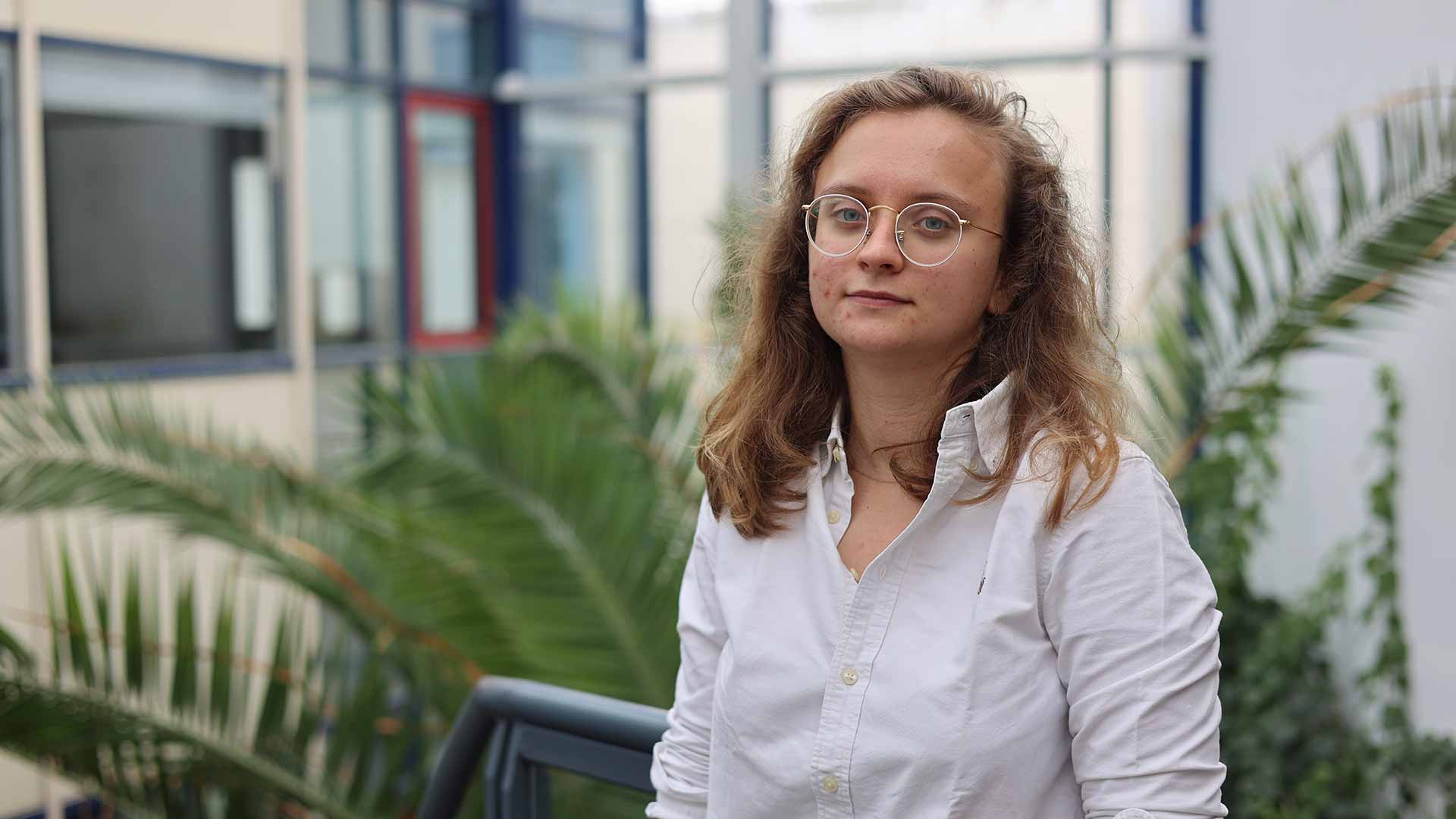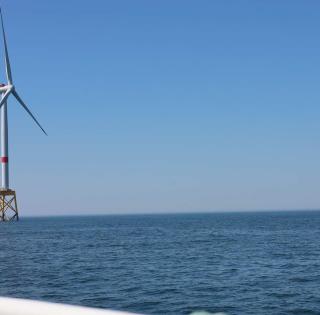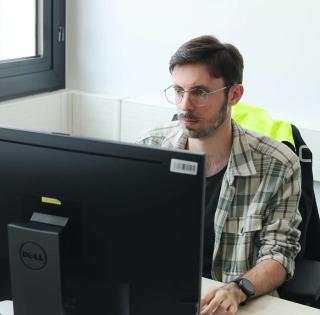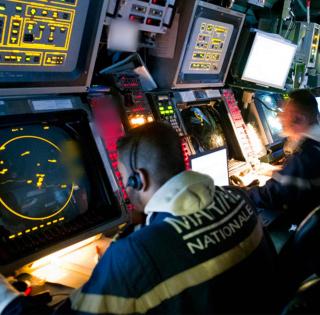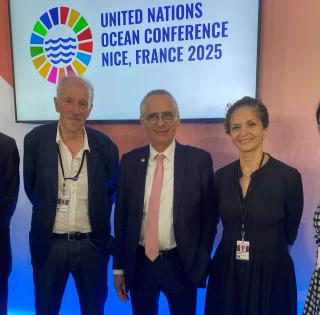
Why did you decide to study hydrography?
When I first heard about hydrography, I was doing a double undergraduate degree in physics and mathematics at UBO in Brest, but I wanted to do something more applied. I was absolutely fascinated by the different software and tools (like total stations or sonars) used in hydrography – it’s such an original field. I was inspired to find out more and to study it. So I enrolled in the “Hydrography program" undergraduate degree at SHOM/UBO, then I decided to take up engineering studies by joining ENSTA Bretagne in the second year.
What were the highlights of your course at ENSTA Bretagne?
I really enjoyed my course at ENSTA Bretagne, the faculty staff are attentive and the teaching is of a very high standard technically speaking. There is also a brilliant atmosphere and sense of friendship among the students, especially in the clubs and associations.
Where did you do your internships?
Last summer, in 2021, I spent three months interning at Boskalis, a Dutch maritime company providing offshore project assistance. On the boat, in the port of Lubmin in Germany, my job was to help with and supervise the daily hydrographic surveys for a project to connect offshore wind turbines to the onshore power grid: this was a chance for me to use an unmanned surface vehicle (a catamaran) to take measurements with a multibeam echosounder.
It was a very challenging, high-paced experience, but I learnt a lot and made a lot of progress, especially in English, since I worked with an international team of Dutch, Belgian, French, Spanish, Polish, German and Estonian nationals.
In the third year, I spent four-and-a-half months doing my end-of-study internship at Ifremer, on the subject “Machine detection of fluid echoes in water column acoustic backscatter data using a Deep-learning method.”
For 2-3 months, I selected and adjusted neural networks for machine detection on fluid echo multibeam water column images. After that, I was able to run tests aboard the Marion Dufresne research and supply vessel for a fortnight to monitor and keep an eye on an underwater volcano off the coast of Mayotte. The atmosphere was just fantastic, I loved being able to chat with specialists in different areas including volcanologists, geochemists and researchers in seafloor geodesy.
que des volcanologues, des géochimistes ou encore des chercheurs en géodésie de fond de mer.
What has been your favorite project during your studies?
The Guerlédan project, which gave roboticists and hydrographers an opportunity to work together, was particularly exciting. We embedded a LiDAR sensor and sonar on a boat to detect targets (which could pose a danger during navigation) on the water surface. I didn’t know much about robotics, so I found the work fascinating and enjoyed the really rewarding teamwork.
What job are you doing today?
I found my current job thanks to my internship at Ifremer. I started my thesis in October 2022 between Ifremer and ENSTA Bretagne on the same subject as my internship. My main responsibility involves detecting and quantifying the fluid flows that escape from the seafloor.
The fluids in question can be both hydrothermal and so-called “cold” sources. These are areas of the seafloor that release hydrogen sulfide, methane and other hydrocarbon-rich fluids.
Such sources are biomes, home to various endemic species. It is crucial to detect and locate these sources of fluid emissions for the following reasons:
- Fluid emissions from the seafloor affect the chemistry of the ocean and play a role in geological processes, not least as regards active continental margins. These emissions are also found in passive margins and transform margins. By locating them we can therefore study the associated geological structures.
- The precipitation caused by hydrothermal fluids (metal sulfides for example) is a potential mineral resource.
- Fluids emitted from the seafloor are involved in diverse geological hazards such as earthquakes, sedimentary instability and massive methane seepage (which, by quantifying it, can be included in global greenhouse gas assessments).
In my thesis, the first thing I am researching is how to automate the detection of these fluids in water column images from a multibeam echosounder. This data represents a significant storage volume for an offshore campaign and, to date, requires a great deal of human operator time to process and analyze it.
I am using convolutional neural networks (CNNs) for that, which are typically used for image processing. So I am implementing training and validation procedures that are specific to my context.
You have just been awarded the prize for best end-of-study project in hydrography at the HYDRO22 international conference. What is your reaction to winning this accolade?
Firstly, I am enormously grateful to my professors who chose me to represent the AfHy (French-language hydrographic society) this year. I would like to thank my supervisors at Ifremer and ENSTA Bretagne who supported me throughout the internship and planning for the conference. I didn’t expect to win the prize, but I am thrilled that part of the hydrographic community appreciates my work and finds it interesting!






